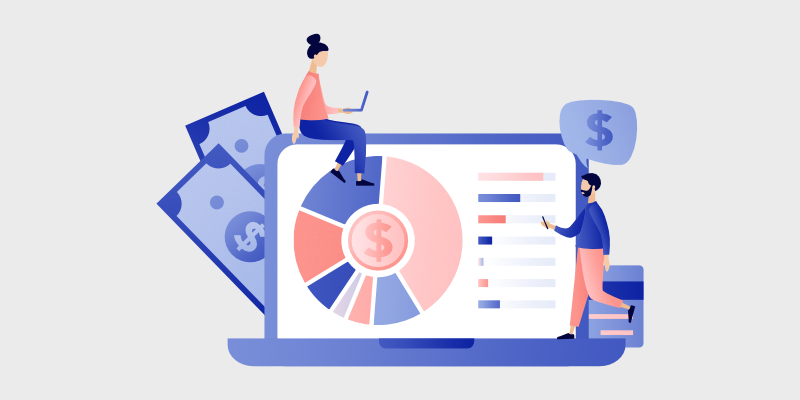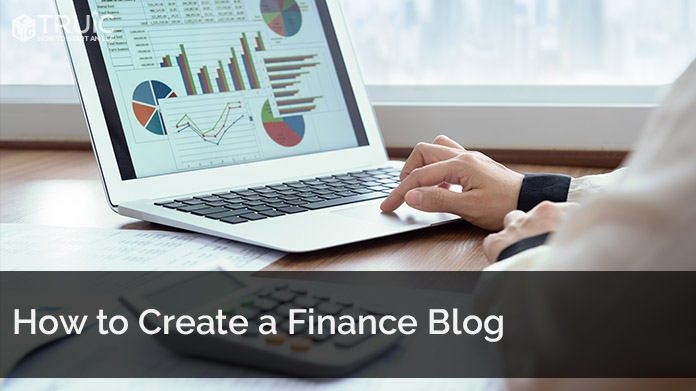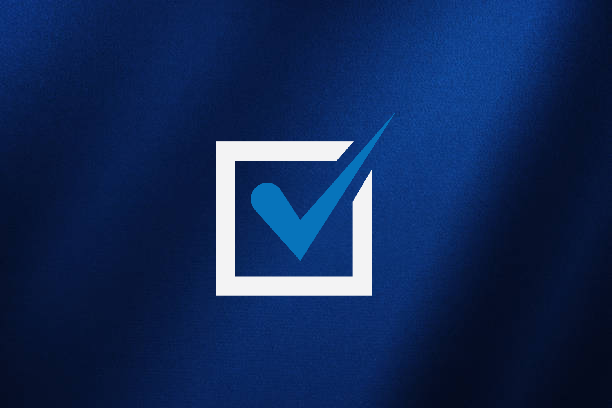Starting a finance blog can be fun and rewarding. You can share financial tips with others. You can also learn more about finance yourself. Here is a step-by-step guide to help you start your finance blog.
Step 1: Choose a Niche
A niche is a specific topic you will write about. In finance, there are many niches. Some examples include:
- Personal finance
- Investing
- Saving money
- Budgeting
- Debt management
- Retirement planning
Choose a niche that you are interested in. It should be something you enjoy. This will make writing easier and more fun.
Step 2: Pick a Name for Your Blog
Now, you need to pick a name for your blog. The name should be catchy and easy to remember. It should also relate to your niche. For example, if your niche is personal finance, you could name your blog “Smart Money Tips.”
Step 3: Get a Domain and Hosting
A domain is the address of your blog on the internet. Hosting is where your blog lives on the internet. You need both to start a blog. Here are steps to get a domain and hosting:
- Go to a domain registrar website. Examples are GoDaddy or Namecheap.
- Search for your blog name. If it is available, buy it.
- Go to a hosting provider website. Examples are Bluehost or SiteGround.
- Sign up for a hosting plan. They will guide you through the process.
- Connect your domain to your hosting account. The hosting provider will have instructions.

Credit: www.blogtyrant.com

Credit: howtostartanllc.com
Step 4: Install WordPress
WordPress is a platform to build your blog. Many bloggers use it. Most hosting providers make it easy to install WordPress. Here are the steps:
- Log in to your hosting account.
- Find the WordPress installation option.
- Follow the prompts to install WordPress.
Step 5: Choose a Theme
A theme is the design of your blog. WordPress has many free themes. Choose a theme that looks nice and fits your niche. To install a theme:
- Log in to your WordPress dashboard.
- Go to Appearance > Themes.
- Click “Add New” and search for a theme.
- Click “Install” and then “Activate.”
Step 6: Create Important Pages
Your blog needs some important pages. These help visitors learn more about you and navigate your blog. Create these pages:
- About Page: Tell visitors about yourself and your blog.
- Contact Page: Provide a way for visitors to contact you.
- Privacy Policy: Explain how you handle visitor data.
To create a page in WordPress:
- Log in to your WordPress dashboard.
- Go to Pages > Add New.
- Enter a title and content for your page.
- Click “Publish.”
Step 7: Write Your First Blog Post
Now, it’s time to write your first blog post. Choose a topic related to your niche. Make sure it is helpful and interesting. Here are tips for writing a good blog post:
- Use short sentences and paragraphs.
- Use headings and subheadings to organize your content.
- Include images to make your post more engaging.
- Proofread your post for errors before publishing.
To write a blog post in WordPress:
- Log in to your WordPress dashboard.
- Go to Posts > Add New.
- Enter a title and content for your post.
- Click “Publish.”
Step 8: Promote Your Blog
After publishing your first post, promote your blog. This helps people find it. Here are some ways to promote your blog:
- Share your posts on social media.
- Join online communities related to your niche.
- Comment on other blogs and include a link to your blog.
- Ask friends and family to share your blog.
Step 9: Engage with Your Readers
Engaging with your readers is important. It helps build a community. Here are ways to engage with your readers:
- Respond to comments on your blog posts.
- Reply to messages on your contact page.
- Ask for feedback and suggestions.
Step 10: Keep Learning and Improving
Blogging is a journey. Keep learning and improving your skills. Here are some ways to keep learning:
- Read other finance blogs.
- Take online courses on blogging and finance.
- Attend webinars and workshops.
- Join blogging groups and forums.
Frequently Asked Questions
How To Start A Finance Blog?
Choose a niche, create a website, and write useful content.
What Are The Essential Tools For Finance Bloggers?
WordPress, Google Analytics, and SEO plugins are key tools.
How Often Should I Post On My Finance Blog?
Post at least once a week to keep readers engaged.
Is It Necessary To Have A Finance Background?
No, but learning basic finance concepts helps.
Conclusion
Starting a finance blog takes time and effort. But it is worth it. Follow these steps to create your blog. Share your knowledge and help others. Happy blogging!






